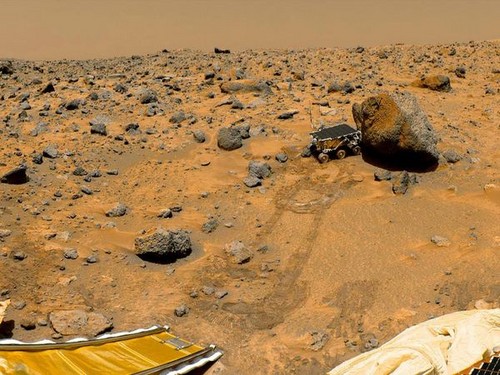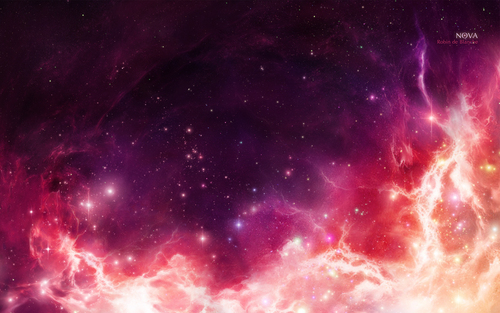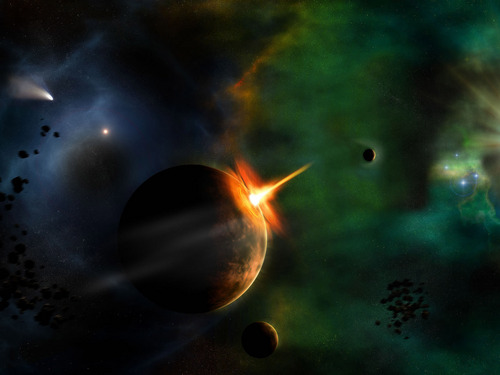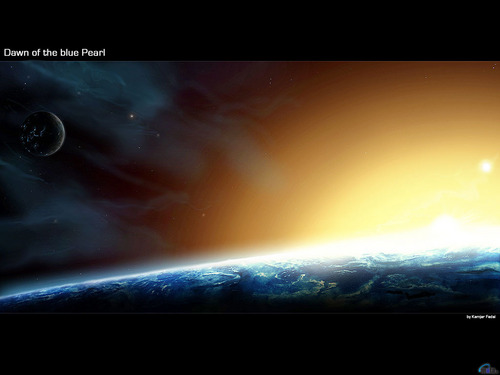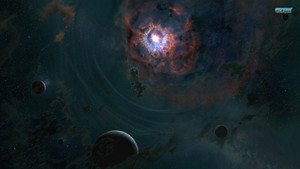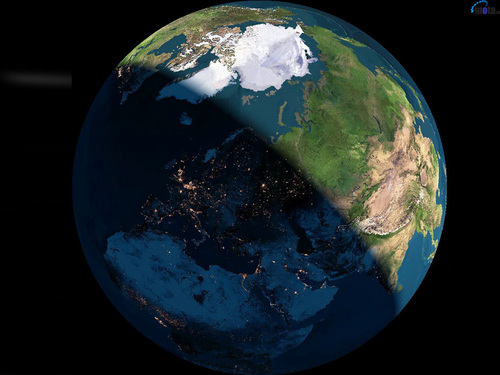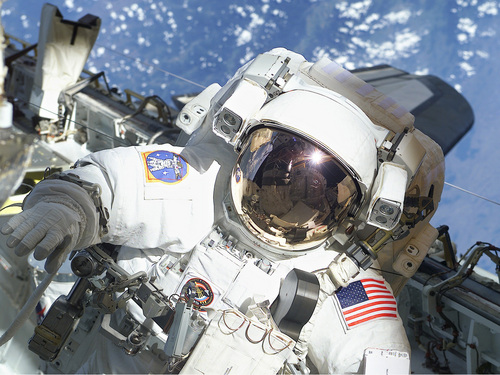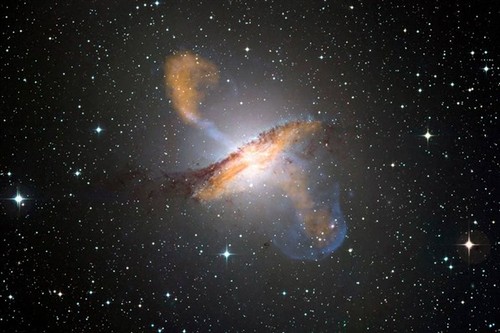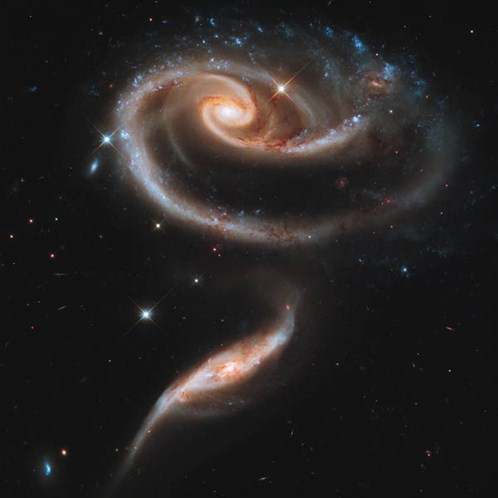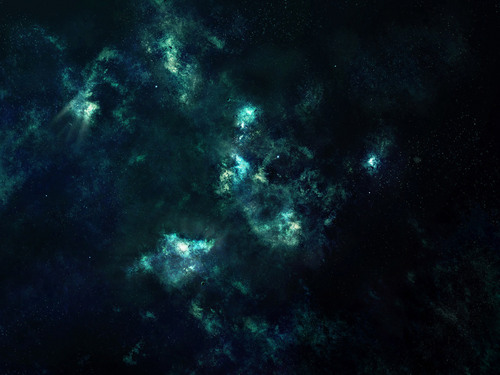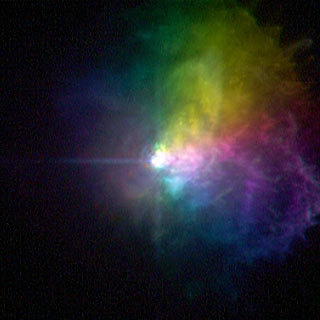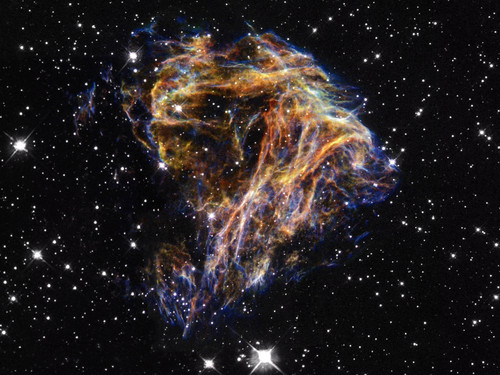What exactly happened at the beginning of time? A new probe may uncover the answer.
THE GIST
- A new probe will analyze radiation generated によって the birth of the universe.
- The project will require several years of observations.
- The research could explain what happened in the first trillionth of a 秒 after the Big Bang.
How did the universe blossom from an infinitesimally small speck to astronomical proportions in its first trillionth 秒 of existence? While scientists are still debating the answer to that question, a new probe should provide the first direct evidence that the metamorphosis did indeed happen as theories predict.
Once operational, the Cosmology Large Angular Scale Surveyor (CLASS) will scan relic radiation left over from the universe's creation 13.75 billion years 前 for a unique pattern of polarization -- a consequence, scientists believe, of gravitational waves caused によって the universe's expansion that ripple through space.
"This is a big step in measurement capability," John Hopkins 大学 astrophysicist Charles Bennett told Discovery News. "It provides us a direct image of what the universe used to be like."
Bennett is overseeing development of CLASS, a $7 million project that won $5 million in federal economic stimulus funds through the National Science Foundation. When complete in four years, the instrument will be shipped to an observation パーチ in Chile's Atacama desert.
In addition to CLASS construction, the grant covers a 年 of on-site testing. Bennett and colleagues will be seeking additional funds to operate the instrument, which will need several years of observing time to フェレット out the faint imprints of polarization on the cosmic microwave background radiation from other signals.
"We're looking for something 30-billionths of a degree above absolute zero and buried under a pile of competing signals," 発言しました NASA's Alan Kogut, lead scientist of a companion project known as PIPER, which will put a CLASS-type instrument aboard a high-altitude balloon. "It's considerably worse than looking for a needle in a haystack."
"The really remarkable thing about these modern times is how well we're doing to take advantage of these few faint pieces of light that come our way and how well we're able to use them to tell us about the universe," Bennett added.
CLASS and PIPER are the 次 steps in an increasingly もっと見る challenging series of missions to analyze the radiation generated によって the birth of the universe. 前 missions include the Cosmic Background Explorer and the Wilkinson Microwave Anisotropy Probe (WMAP).
In terms of inflation theory, "I would call this the most central and important of them all. This is kind of the smoking gun," 発言しました Bennett.
THE GIST
- A new probe will analyze radiation generated によって the birth of the universe.
- The project will require several years of observations.
- The research could explain what happened in the first trillionth of a 秒 after the Big Bang.
How did the universe blossom from an infinitesimally small speck to astronomical proportions in its first trillionth 秒 of existence? While scientists are still debating the answer to that question, a new probe should provide the first direct evidence that the metamorphosis did indeed happen as theories predict.
Once operational, the Cosmology Large Angular Scale Surveyor (CLASS) will scan relic radiation left over from the universe's creation 13.75 billion years 前 for a unique pattern of polarization -- a consequence, scientists believe, of gravitational waves caused によって the universe's expansion that ripple through space.
"This is a big step in measurement capability," John Hopkins 大学 astrophysicist Charles Bennett told Discovery News. "It provides us a direct image of what the universe used to be like."
Bennett is overseeing development of CLASS, a $7 million project that won $5 million in federal economic stimulus funds through the National Science Foundation. When complete in four years, the instrument will be shipped to an observation パーチ in Chile's Atacama desert.
In addition to CLASS construction, the grant covers a 年 of on-site testing. Bennett and colleagues will be seeking additional funds to operate the instrument, which will need several years of observing time to フェレット out the faint imprints of polarization on the cosmic microwave background radiation from other signals.
"We're looking for something 30-billionths of a degree above absolute zero and buried under a pile of competing signals," 発言しました NASA's Alan Kogut, lead scientist of a companion project known as PIPER, which will put a CLASS-type instrument aboard a high-altitude balloon. "It's considerably worse than looking for a needle in a haystack."
"The really remarkable thing about these modern times is how well we're doing to take advantage of these few faint pieces of light that come our way and how well we're able to use them to tell us about the universe," Bennett added.
CLASS and PIPER are the 次 steps in an increasingly もっと見る challenging series of missions to analyze the radiation generated によって the birth of the universe. 前 missions include the Cosmic Background Explorer and the Wilkinson Microwave Anisotropy Probe (WMAP).
In terms of inflation theory, "I would call this the most central and important of them all. This is kind of the smoking gun," 発言しました Bennett.



